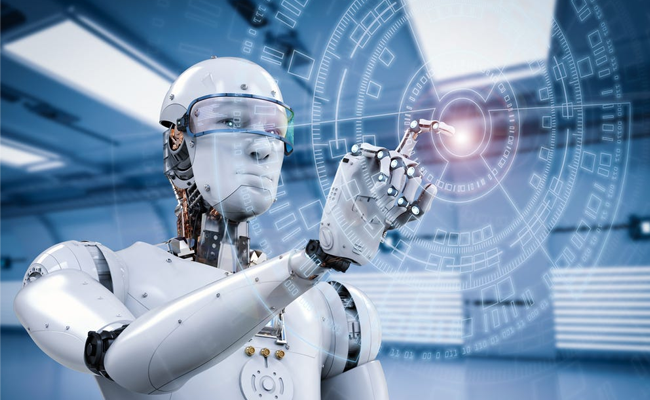The Internet of Things (IoT) is a network of physical objects, such as devices, vehicles, and buildings, embedded with sensors, software, and other technologies that enable them to connect and exchange data over the internet. This connectivity allows for a vast range of applications, from smart homes to industrial automation and beyond. In this article, we will explore the world of IoT and its potential impact on our lives.
What is the Internet of Things?
The Internet of Things (IoT) is a rapidly expanding network of physical devices connected to the internet. These devices have sensors, software, and other technologies that enable them to communicate and exchange data. The IoT includes a wide range of devices, from smart home appliances and wearables to industrial machinery and infrastructure. These devices can be connected wirelessly, via Bluetooth or Wi-Fi, or wired, via Ethernet or other cables.
Applications of IoT
The applications of IoT are endless. One of the most popular applications is smart homes. Smart homes use IoT devices to control everything from lighting and temperature to security systems and home appliances. Smart homes can also use voice assistants, such as Amazon Alexa or Google Home, to interact with the devices and control them remotely.
Another application of IoT is in industrial automation. IoT devices can be used to monitor and control industrial machinery and equipment, reducing downtime and improving efficiency. IoT can also be used for predictive maintenance, alerting maintenance teams when equipment is about to fail, so they can take action before a breakdown occurs.
IoT is also being used in healthcare. Wearable devices, such as fitness trackers and smartwatches, can monitor patients’ vital signs and alert healthcare professionals to any changes. IoT devices can also be used to monitor medication adherence and to remind patients to take their medications.
Security and Privacy Concerns
As with any technology, there are security and privacy concerns associated with IoT. Because IoT devices are connected to the internet, they can be vulnerable to hacking and cyber attacks. If a hacker gains control of an IoT device, they can use it to access other devices on the network or to launch attacks on other systems.
Privacy is also a concern with IoT. IoT devices collect vast amounts of data, including personal information, such as location and behavior patterns. This data can be used to track individuals’ movements and habits, and there is a risk that this data could be used for nefarious purposes.
To address these concerns, manufacturers of IoT devices are implementing security and privacy features, such as encryption and user authentication. Consumers can also take steps to protect themselves, such as changing default passwords and updating firmware.
Future of IoT
The future of IoT is exciting and full of potential. As more devices are connected to the internet, the possibilities for applications will only continue to grow. IoT devices can be used to improve energy efficiency, reduce waste, and increase productivity. The healthcare industry can also benefit from IoT devices, with the potential for remote monitoring and telemedicine.
One of the most significant challenges for IoT is the need for interoperability. As more devices are connected to the internet, it becomes essential that they can communicate with each other, regardless of the manufacturer or the type of device. This requires industry standards and protocols that enable devices to interoperate seamlessly.
Conclusion
The Internet of Things (IoT) is a rapidly expanding network of physical devices connected to the internet. IoT has the potential to transform many aspects of our lives, from smart homes to industrial automation and healthcare. However, there are also security and privacy concerns associated with IoT, and it is important to take steps to protect ourselves. The future of IoT is full of potential, and we can expect to see many exciting developments in the years to come.
![]()





